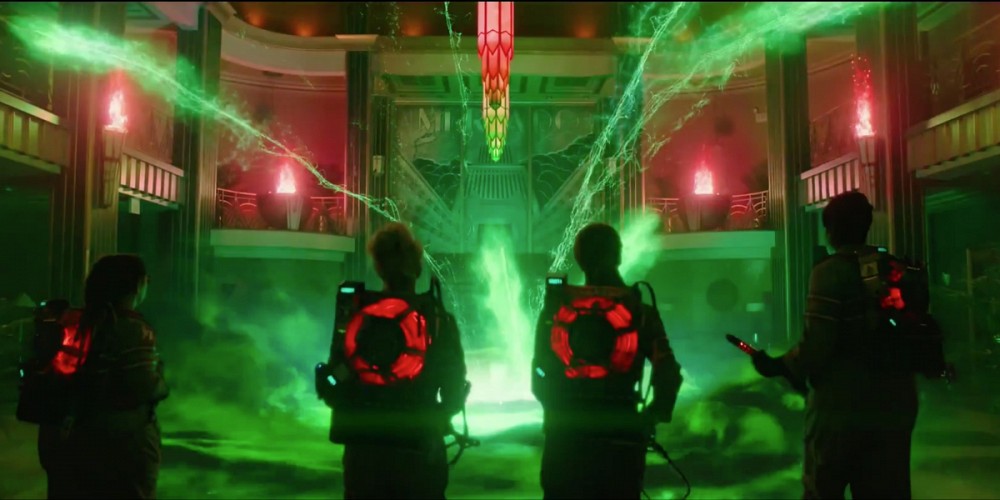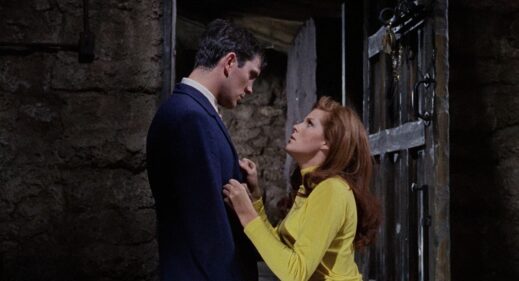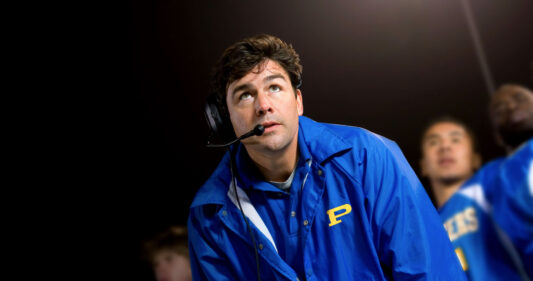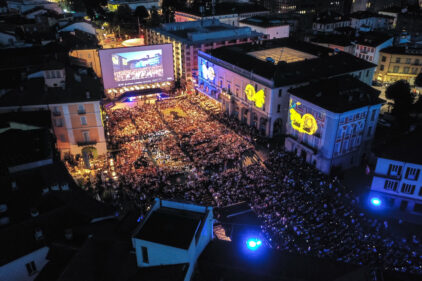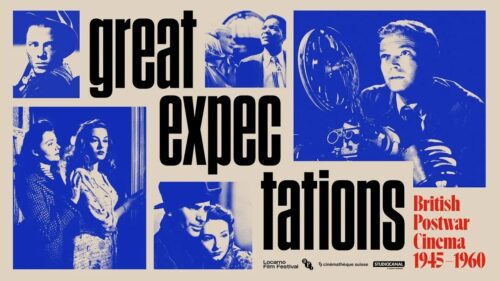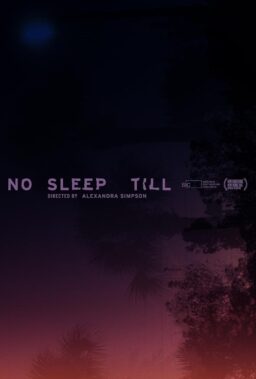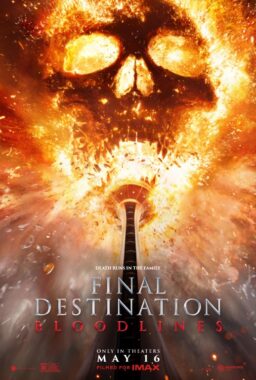Editors’ note: THIS POST CONTAINS SPOILERS.
Men who threw online tantrums over the new “Ghostbusters” sight-unseen, down-voted its trailers on YouTube, and spammed the Internet Movie Database rankings to artificially lower the film’s approval rating weren’t wrong to think it represented a threat to their dominance of popular culture. This femme-driven remake is a typically over-scaled, half-assed summer movie that’s sometimes flat, sometimes sublime, often engaging. It’s also intriguingly aware of its place in popular culture and its identity in relation to the movie it’s remaking. And it’s filled with not-too-subtle assertions that the original was a hotbed of unexamined privilege—which, of course, it was, given the time in which it was made.
The result is a handcrafted Etsy satchel bomb, lobbed at the popular culture that produced the original 32 years ago and that would continue business-as-usual if women weren’t online demanding their own mirrors to look into. Paul Feig’s woman-driven remake of the 1984 film is one of the more sneakily political features released by a major studio this year, all the more so because it carries itself with such a poker-faced, “I’m only a movie—relax!” vibe (which is the kind of comment that critics get whenever they pan superhero movies online). At certain points the film’s cartoony feminist snark seems to be pre-answering cliched dude-gripes. Then again, maybe Feig, his cowriter Kate Dippold and his improv-loving cast sized up the campaign to discredit the film, which started two years ago when the remake was announced, and decided, “Twist a pig’s ear, watch him squeal.”
The heroines are three ghost-busting parapsychologists (Kristin Wiig’s Erin Gilbert, Melissa McCarthy’s Abby Yates, Kate McKinnon’s Gillian Holtzman) plus a New York City subway booth clerk named Patty Tolan (Leslie Jones), whose expertise in city history helps the others target their ghost busting.
The most important man in the film is Ghostbusters’ secretary, a bespectacled himbo named Kevin (Marvel film-star Chris Hemsworth) who’s so dumb that he responds to loud noises by covering his eyes. The women keep him around only because he’s so good-looking, and Erin, in her dorky way, even tries to pick him up, much as Billy Murray’s Peter Venkman tried, in a much more assured and sleazy way, to pick up a grad student taking part in a phony “clairvoyance” experiment in the original movie.
The bad guy here is a thwarted science geek turned hotel worker named Rowan North (writer-actor Neil Casey) who has been planting ghost-amplifying devices all over the city to bring about a supernatural apocalypse and punish the society that has failed to recognize his presumed genius. He’s the cultural stereotype of the sort of immature man who’d protest a lady-centric remake’s right to exist by down voting the film’s trailer with Cheeto-stained fingers from a wood-paneled rec room in his mother’s basement. He’s a lethally snitty man-baby who takes credit for women’s work: it’s later revealed that his master plan and much of his tech are taken from a book Erin wrote years ago but disavowed because the university system doesn’t believe in the paranormal.
This choice of villain resonates with the film’s portrait of a world in which women’s work is undervalued and women themselves are routinely marginalized, condescended to, exploited and scapegoated by male authority figures such as Andy Garcia’s blustering mayor, representatives of the local media, and agents of the Department of Homeland Security. All initially see the gals as glory-seeking, destructive nuisances, and probably phonies. YouTube videos of the team’s exploits are defaced with comments that laugh at the idea that women can bust ghosts and blast the ghosts as fake. Any genre-loving chick who has ever been smeared by dudes as a “fake geek girl” will immediately recognize this dog whistle-pitched acknowledgment of a frustrating reality: you can be just as good at a job as any man, yet men will still tell you you’re not good enough, that you’re not qualified, that you’re just pretending to be knowledgable, to be good, to be a human with talent and a brain.
The movie positions the four main characters as unappreciated resources in their respective fields, doomed to toil long, poorly paid hours at jobs they take very seriously even as they’re being ignored or undermined by whatever system surrounds or employs them. They all want to be part of clubs that would not have people like them (smart, tough women) as members. Their group professionalism is a contrast to the original “Ghostbusters,” a film whose lead character, Murray’s Venkman, is a hilarious but deeply smug and condescending character—a deadpan hipster who fakes most of the knowledge he claims to have, remains a wisecracking bystander to the action even when he’s participating in it, and chastises his brainiac colleagues (Dan Aykroyd and the late Harold Ramis) when they use scientific language that Venkman is too complacent to learn.
There are no major characters in the film like Venkman. The women riff and crack wise, but they are 100 percent invested in their adventures as well as in working to maintain or mend friendships, mainly with other women. The visual high point—one that could’ve been a knockout if the film had spent more time developing its characters—finds Erin diving into a dimensional portal to save her once-estranged friend Abby, sharing a heartfelt exchange upon rescue, and hugging delightedly after returning to their world, all gestures that might be derided by dudes as “gay” if any two modern male franchise characters besides Steve Rogers and Bucky did it.
None of this necessarily makes the new “Ghostbusters” inherently superior to the original, just more of-its-moment, and conscious of what it means to remake “Ghostbusters” with (and in some ways for) women. There is, of course, a long tradition of anti-authority posturing by straight white male characters who act as if the world’s indifference to their happiness is a personal affront; Groucho Marx’s anti-establishment prankster persona was a much bigger a-hole than Murray ever played. It might also be worth pointing out that Murray’s laid-back jerk persona, which was mainly a lucrative movie star gimmick for him in the ’80s, grew deeper as he aged. But it’s still useful to compare the female Ghostbusters’ earnestness with Murray’s 80s persona, which could be summed here up as, “Wake me when the world’s in danger. The only part of this that excites me is the prospect of getting laid by a demon-possessed Sigourney Weaver.”
The women sling around the latest spirit-trapping tech devised by Jillian, the gang’s resident McGyver, but their real weapons are enthusiasm and sincerity. They have no money to play around with, which is why they headquarter themselves over a Chinese restaurant instead of renovating a high-ceilinged firehouse like the original ‘Busters. They have no institutional support: Erin is denied tenure when her department’s chair learns of her paranormal beliefs and exploits; Abby and Jillian get fired for the same reasons, and walk out with all the equipment they can “liberate” from a lab that their boss had forgotten existed; Patty quits an MTA job at which she’s forced to leave the booth and prevent possible suicide attempts herself. The same society that needs them won’t officially embrace them; at the end, they prevent the city from being destroyed by Rowan’s jamboree, but are asked to pretend they had nothing to do with it.
The film takes a darker turn, and refines its Girl Power message, after Rowan retaliates against the Ghostbusters for daring to oppose his evil plan. When Rowan’s physical, actual self is rejected, and his plan is initially neutralized by those damned women, he commits suicide by electrocuting himself on the same machine with which he intends to conquer the world. He gets revenge by assuming a non-physical form and committing a series of possessions that suggest what it feels like to be the target of a coordinated attack on social media, and through doxxing or hacking.
At first Rowan inhabits the body of Abby and uses it to attack her colleagues, in much the same way that a remake-hating fanboy might harass a “Ghostbusters”-defending woman on Twitter while sporting a female avatar, or sock-puppet misogynistic talking points in the comments section of an article by a feminist on rape culture, street harassment or employment discrimination while pretending to be a woman who’s only “playing devil’s advocate.” Rowan’s attack against Abby starts with spectral invasion of her apartment and then her body; just when she thought she’d silenced the preening twerp, he finds another way in. He quite literally “gets into her head,” to use the language that cyberbullying men often use when celebrating the distress they’ve caused women online, threatening them with rape or death for the lulz. (Erin’s monologue about her childhood has oblique echoes of rape and molestation as well; she was visited every night for years by a ghost who stood at the end of her bed, and although she told her parents about it repeatedly, they never believed her.)
Near the end of the film, the dead Rowan pours himself into Kevin and is pleased to look in the mirror and see that his face and body finally match up with his self-image. He marvels at what it feels like to finally have abs instead of a flabby belly, and laughs that if he’d known how good it would feel to lift heavy things without help, he would’ve gone to the gym more. He then makes like a Tolkien or Dr. Strange-type wizard, returning Times Square to its “glory days”—the early ’70s, maybe the last time when it was possible for a public figure to use sexist language without getting called out—and making representatives of society’s power structure, including government officials and police, pose like mannequins. (The credits confirms that this bit was a much longer sequence that included a “Thriller” style line-dance led by a Magic Mike-gyrating Hemsworth.) The notion of a stereotypical, cyber-bullying man-child fantasizing about becoming Thor is a blatant satirical jab at the comic book-worshiping woman-hater, the sort of guy who’d spam the mentions of anyone who didn’t like the latest Marvel or DC film, whether he’s seen it yet or not, while deingrating an all-girl “Ghostbusters” remake as a “cash grab”—as if every tentpole film released during the summer, a season of sequels and remakes, isn’t also in some way a “cash-grab,” and as if the original “Ghostbusters” were as pure in aesthetic intent as “Au Hasard Balthazar.”
The women aren’t just battling a typical movie bad guy here. They’re battling the demographically specific fan (straight, white, male, and used to seeing himself as the hero in everything) whom the culture has until recently treated as The Fan. He is the presumed target audience for science fiction, fantasy, action, comics adaptations, and any other genre film or TV property that’s likely to get produced on a big budget and released with an equally big marketing budget. Whenever a large or medium-large film comes along that dares tell such a person, “Sit down now—you’re not the only one who should be able to easily identify with main characters,” he takes it as a scorching attack that must be met with overwhelming force online.
The women keep the demon-free Kevin around in the end because they like to look at good-looking guys; at no point is this decision treated as anything as “what’s good for the gander is good for the goose”—or perhaps as something akin to releasing a decent-but-not-exceptional remake of a smash hit 1984 movie that was itself a cash-grab, essentially a series of sketches held together by Bill Murray’s “I’m just passing through” performance and a few then-state-of-the-art special effects sequences.
How telling, too, that the two white guys who played big roles in the first “Ghostbusters” treat the women badly: Murray guest stars as a dandy-ish supernatural debunker who labels the women frauds and treats them with contempt; they answer his demands to prove they’re the real deal by releasing a ghost that knocks him out of a second-floor window. Aykroyd shows up as a stereotypical. white ethnic “Where to, mac?” cabdriver, of a sort that largely ceased to exist around the time that the original “Ghostbusters” came out; he mainsplains the paranormal, announces “I ain’t afraid of no ghosts,” then peels off into the night. Ernie Hudson, meanwhile—the original’s only black Ghostbuster, so much of an afterthought that he kept getting cropped out of pan-and-scan TV versions of the 1984 film—shows up at the end as Patty’s uncle, a man whose funeral home supplies the hearse that the women use as transportation. He seems fully supportive of Patty, as does the only major female star of the 1984 film, Sigourney Weaver; although she was cast in the original as a classical musician who becomes a magnificently vampy sexpot after being possessed by a demon-god, here she’s playing a scientist.
Throughout, there’s a disquieting but fascinating sense of Erin, Abby, Jillian and Patty fighting to assert a right to exist within a franchise which is itself uncomfortable with the very idea of allowing women to fill leading roles. How telling that the female Ghostbusters nearly get crushed by the original’s most beloved monster, the Stay-Puft Marshmallow Man, and that this movie’s most impressive creation is a beast derived from the Ghostbusters logo itself, which starts out as a 2-D creature manipulated by the dead-and-vengeful Rowan, then becomes a Marshmallow Man-like leviathan that’s determined to crush Abby in his meaty fist. Seen from a distance, his pear-shaped form evokes the corporeal Rowan’s dumpling body.
This movie is trying to kill these women. They endure.

